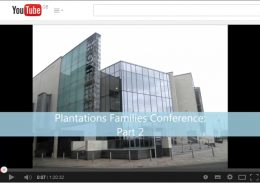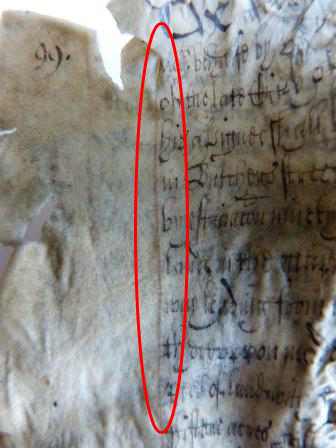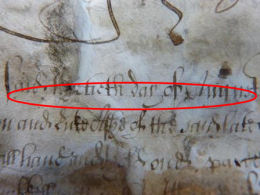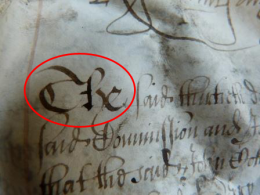Continued evidence of interest in Great Parchment Book and the history of the Plantation
The Great Parchment Book blog has been rather quiet over the last few months, but that’s not to say that interest in the content and the project has declined. To the contrary, the Great Parchment Book continues to prove relevant to research in the UK and across the globe. Page views to the Great Parchment Book website have now exceeded 160,000 and downloads of the XML data are also steadily increasing in number.
And it’s also good news for our partners Derry City & Strabane Museum and Visitor Services. Statistics recently received record that to 31 December 2017 nearly one and a half million visits (1,479,598 to be precise) had been made to the to the Plantation, People, Perspectives exhibition in Derry Guildhall. Just to put this in perspective and indicate the impact of the exhibition, this figure is many times the population of Derry itself and more than three quarters of the population of Northern Ireland. The exhibition is still going strong and we look forward to this year’s figures.
So, if you have done research based on the Great Parchment Book, why not share it more widely on this blog? Please contact the editor via ask.lma@cityoflondon.gov.uk for more information.
And finally, here are the updated statistics for the Great Parchment Book by numbers:
- 1 Great Parchment Book of The Honourable The Irish Society
- 165 folios and fragments, stored in 30 bespoke boxes (originally 16)
- 11 Great Twelve livery companies’ holdings recorded (should be 12, but the Merchant Taylors’ portion is missing)
- 1095 personal names indexed on the website including variations in spelling
- 992 place names indexed also including variations
- 49 occupations and titles recorded such as barber-surgeon, fellmonger, muster master and winecowper
- 120 entries in the glossary including occupations and titles, but also terms such as ballibetagh, creete, kill house, rampier, standall and vayle
- Over 160,000 page views of Great Parchment Book website and blog to 9 November 2018
- 148 blog posts published including this one
- 270,000 visitors to Plantation, People, Perspectives exhibition in Derry Guildhall in the first year (opened 30 May 2013) when an original folio of the Great Parchment Book was on display. Nearly one and a half million visitors (1,479,598 to be precise) to the exhibition to 31 December 2017 (many times the population of Derry and over three quarters of the population of Northern Ireland). Still going strong.
- 37 downloads in 7 countries across 3 continents of the Open Access set of 326 XML documents containing encoded transcriptions of the individual folios (2.56MB of data)
- 6 presentations about the project in countries outside the UK across 3 continents, and innumberable links from other websites across the world
- 20 project partners including 14 funders
- 4 awards, 3 shortlisted/finalist, 1 highly commended
- 1 inscription on UK Memory of the World Register (inscribed on 21 June 2016)
All summed up as 1 unique record of the 17th century Plantation of Ulster.
 Colleagues in France were very interested to find out more about the digital reconstruction of the Great Parchment Book and invited the project to present at a study day in Chartres on 17 November 2017 entitled
Colleagues in France were very interested to find out more about the digital reconstruction of the Great Parchment Book and invited the project to present at a study day in Chartres on 17 November 2017 entitled  The project
The project 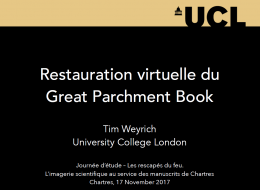 Tim Weyrich, Professor of Visual Computing and Deputy Director of the Centre for Digital Humanities (UCLDH) from project partner UCL, delivered a well-received presentation (in French!) on the Great Parchment Book at the study day. We hope that this will be available online in due course along with all the other presentations (watch this space).
Tim Weyrich, Professor of Visual Computing and Deputy Director of the Centre for Digital Humanities (UCLDH) from project partner UCL, delivered a well-received presentation (in French!) on the Great Parchment Book at the study day. We hope that this will be available online in due course along with all the other presentations (watch this space).